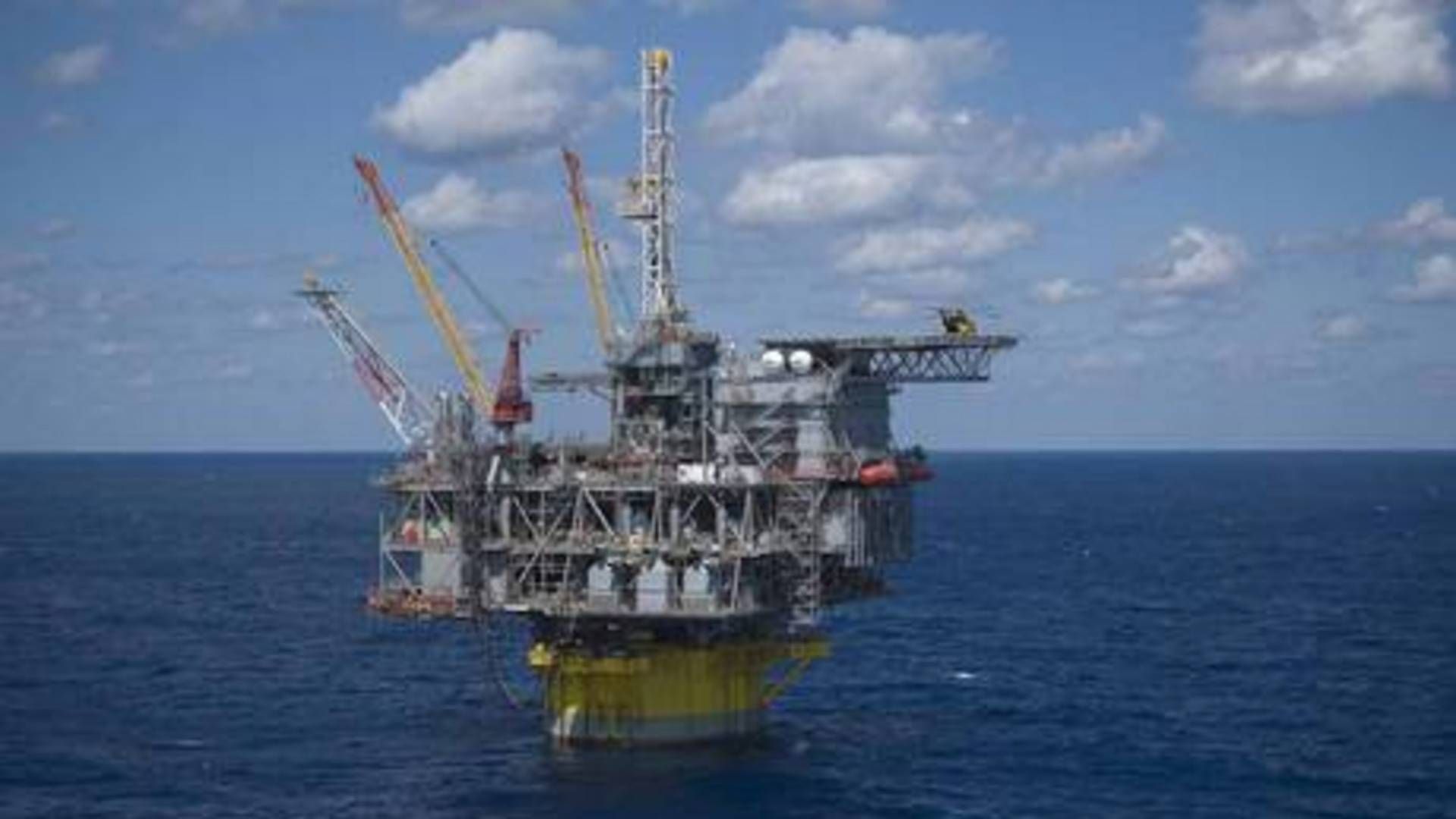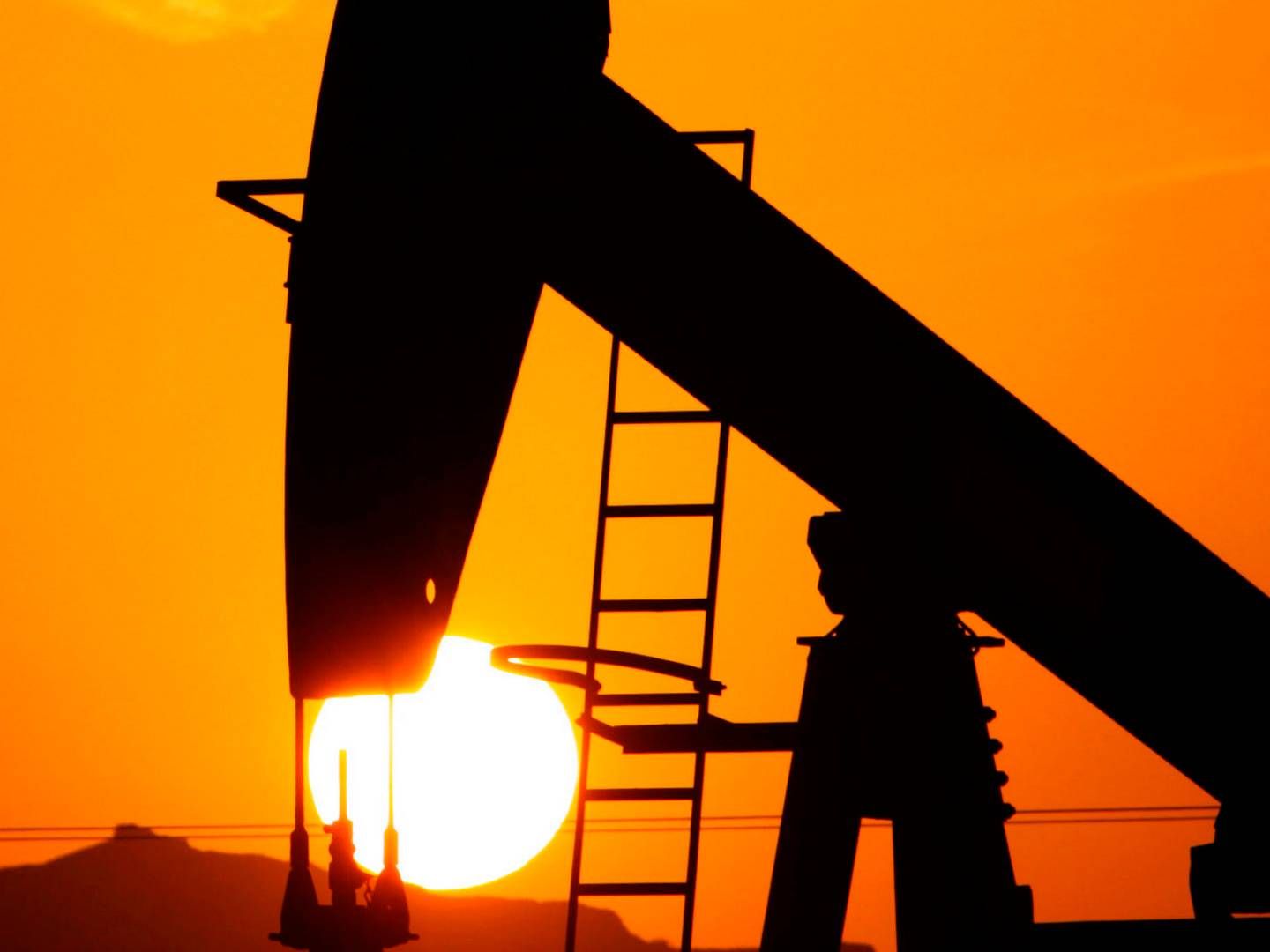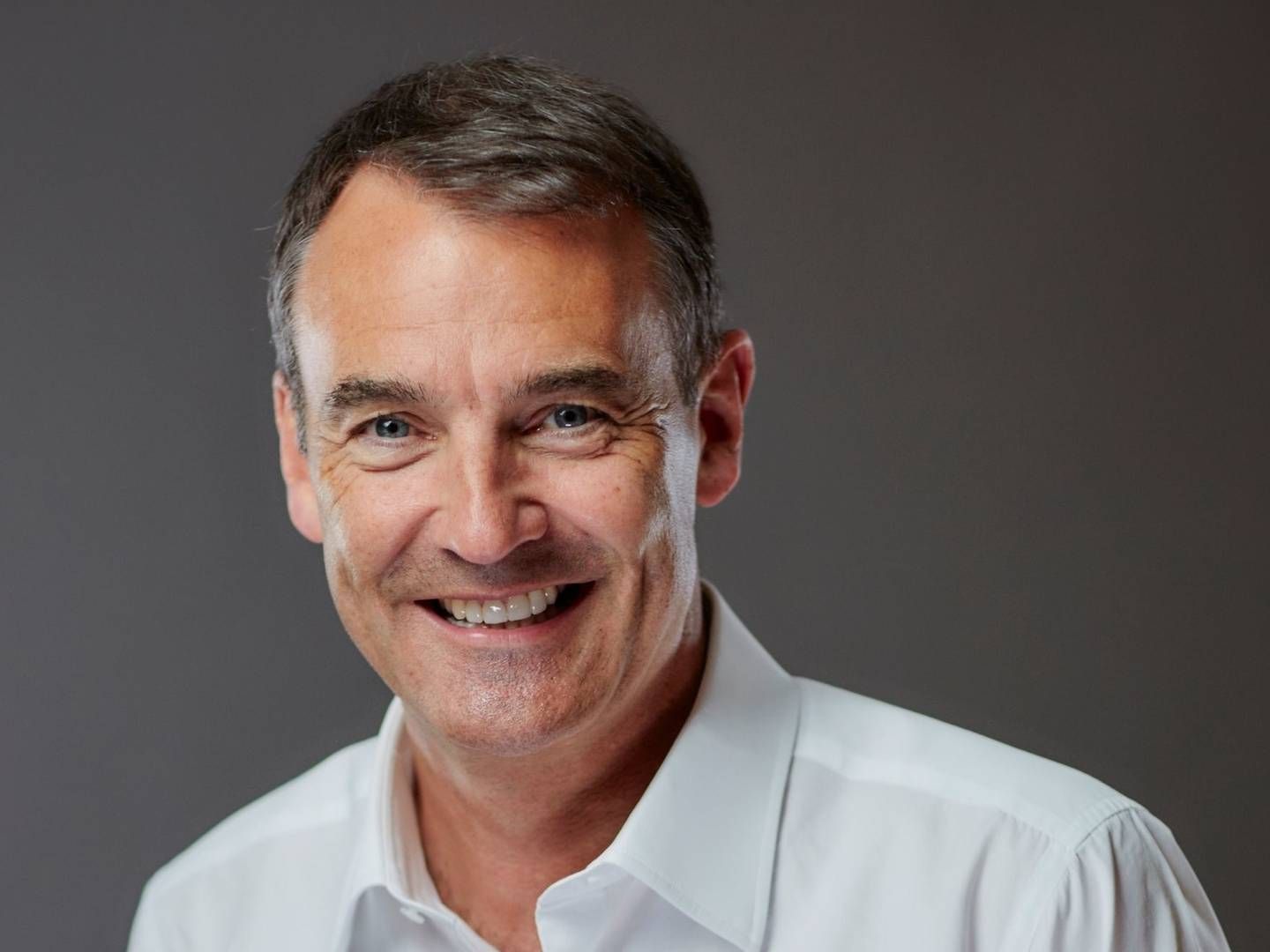Shell sharpens its climate goal

Plummeting oil prices and challenged posed by the coronavirus are making all the headlines about the oil sector these days. However, in the not-so-distant past – around February – Shell's focus lie elsewhere. Like pearls on a necklace, the major oil outfits, particularly the European, were highly vocal in announcing loftier mid-century climate targets.
Already in 2017, the British-Dutch company was the first among its Big Oil brethren to formulate a climate goal of halving its CO2 emissions by 2050. Although bearing in mind recent disclosures from, among others, Repsol and BP – and despite current challenges – Shell is moving forward with plans to tighten up even further. Now the group seeks to achieve net-zero emissions by 2050 at the latest.
"With the Covid-19 pandemic having a serious impact on people’s health and our economies, these are extraordinary times. Yet even at this time of immediate challenge, we must also maintain the focus on the long term," writes Shell Chief Executive Ben van Beurden in a statement, adding:
"Society’s expectations have shifted quickly in the debate around climate change. Shell now needs to go further with our own ambitions, which is why we aim to be a net-zero emissions energy business by 2050 or sooner. Society, and our customers, expect nothing less."
Arms race
Shell's ambition here is not to be confused with zero emissions from the use of its core products. However, the company's own upstream emissions from oil and gas extraction – with certain exceptions – aim to attain carbon neutrality. Moreover – and of equal importance – emissions from oil and gas consumption, the so-called scope 3 emissions, will be reduced by 65 percent in 2050 and 35 percent in 2035. The firm's former targets were 50 percent in 2050 and 25 percent in 2035.
That reduction will be secured though an altered production setup. This will at least entail expedited transition from oil to less carbon-intensive natural gas, but will also be achieved through maintaining focus on carbon capture and sequestration (CCS) and renewable power.
Thus far, Shell has been especially active within RE; in February, the group and partners, which include Gasunie, announced plans to install up to 10 GW of Power-to-X (PtX) systems attached to offshore wind farms.
Around the same time, the supermajor otherwise rejected what then appeared to be a snowballing trend toward setting higher climate aims.
"At the moment, I don't think we need to get into an arms race on CO2 targets," Shell Integrated Gas & New Energies Director Maarten Wetselaar told media including The Times about rivaling BP's new net-zero goals.
Investor pressure
That Shell less than two months later has opted to take this route anyway is attributable to what seems to be unabated investor pressure, the present situation notwithstanding. As recently as Wednesday, 11 European asset managers sent an open appeal to one of the sector's other heavyweights, France's Total, to raise the bar for its carbon dioxide targets.
The fact that the group's potential transition has not sputtered to a complete halt amid the oil price war and Covid-19 pandemic could be read as sign that the International Energy Agency's concerns might not manifest.
In the its April oil market update, the IEA warned that recent massive Capex budget cuts could pull the brake on the green energy transition. This year's investments are forecast to fall by 32 percent to USD 335 billion – the lowest level in 13 years.
"This reduction of financial resources also undermines the ability of the oil industry to develop some of the technologies needed for clean energy transitions around the world," the agency wrote.
At present, it looks as if Shell – along with the rest of the industry – is being served with an involuntary portion of emissions cuts resulting from the same causal factors. The IEA estimates that this year's global oil demand will be 9.3 million barrels per day less than last year.
English Edit: Daniel Frank Christensen
Oil price crash threatens green transition, IEA warns
Equinor wants to boost natural gas demand with CO2 sink
With Big Oil’s future in doubt, new BP boss sets his vision
IEA says oil companies must accelerate green energy transition

























.jpg&w=384&q=75)